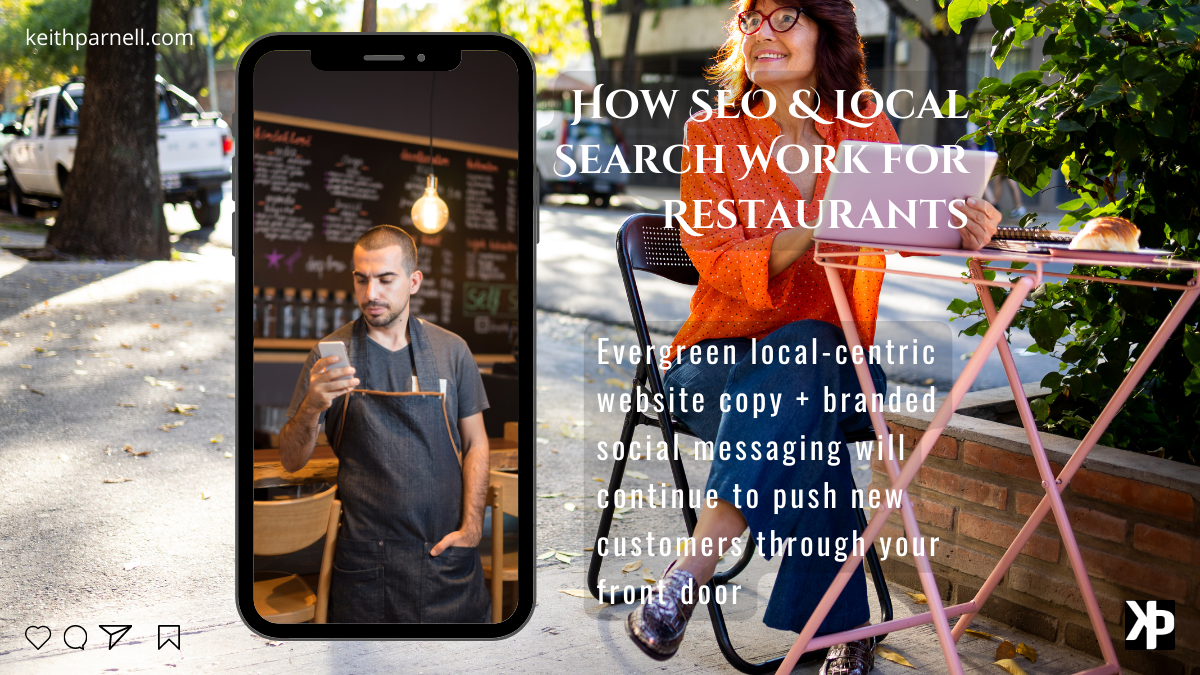How Human-centered Website Design helps your business
Human-centered website design refers to a web development approach that prioritizes the needs, preferences, and behaviors of human users. This approach aims to create websites that are user-friendly, accessible, and engaging while also ensuring that they are hosted on reliable servers for optimal performance.
Contact me now at the webform below so we can talk strategy about your digital marketing services, or keep reading to learn more about how you can reach more customers with small business digital marketing.
Key principles and practices associated with my Human-centered Website Design
-
 Human-centered Design:
Human-centered Design:- Understanding your target audience’s needs, goals, and pain points.
- Understanding user personas and user journey maps to guide the design process.
- Prioritizing usability and user experience (UX) in every aspect of the design.
-
Accessibility:
- Ensuring your website is accessible to all users, including those with disabilities, by following web accessibility standards like WCAG (Web Content Accessibility Guidelines).
- Using semantic HTML, provide alternative text for images, and implement keyboard navigation.
-
Responsive Human-centered Design:
- Designing the website to be responsive and adaptive, so it works well on various devices and screen sizes, including desktops, tablets, and smartphones.
-
Content Strategy:
- Developing a content strategy that focuses on delivering valuable and relevant content to users.
- Using clear and concise language to communicate information effectively.
-
Performance Optimization:
- Optimizing website performance by minimizing page load times and ensuring fast loading on different network conditions.
- Compressing images, use browser caching, and minimize HTTP requests.
-
Hosting Considerations:
- Choosing a reliable web hosting provider that offers high uptime and scalability.
- Using Content Delivery Networks (CDNs) to distribute content geographically for faster loading times.
-
Security:
- Implementing robust security measures to protect user data and prevent cyberattacks.
- Keeping software, plugins, and themes up to date to patch vulnerabilities.
-
User Testing from Human-centered Design Perspective:
- Conducting usability testing with real users to identify and address any usability issues.
- Continuously gathering user feedback and iterate on the design based on user insights.
-
Performance Monitoring:
- Using analytics tools to monitor website performance and user behavior.
- Identifying areas for improvement and make data-driven decisions.
-
Scalability:
- Planning for future growth by designing a website that can easily accommodate increased traffic and content.
- Ensuring the hosting infrastructure can scale to handle increased demand.
-
Maintenance and Support:
- Providing ongoing maintenance and support to keep the website running smoothly.
- Offering user support channels for inquiries and assistance.
In summary, human-centered website design aims to create websites that prioritize the user experience, accessibility, and performance while also ensuring that the hosting infrastructure is reliable and scalable. This approach ultimately leads to websites that are more engaging, effective, and user-friendly.









